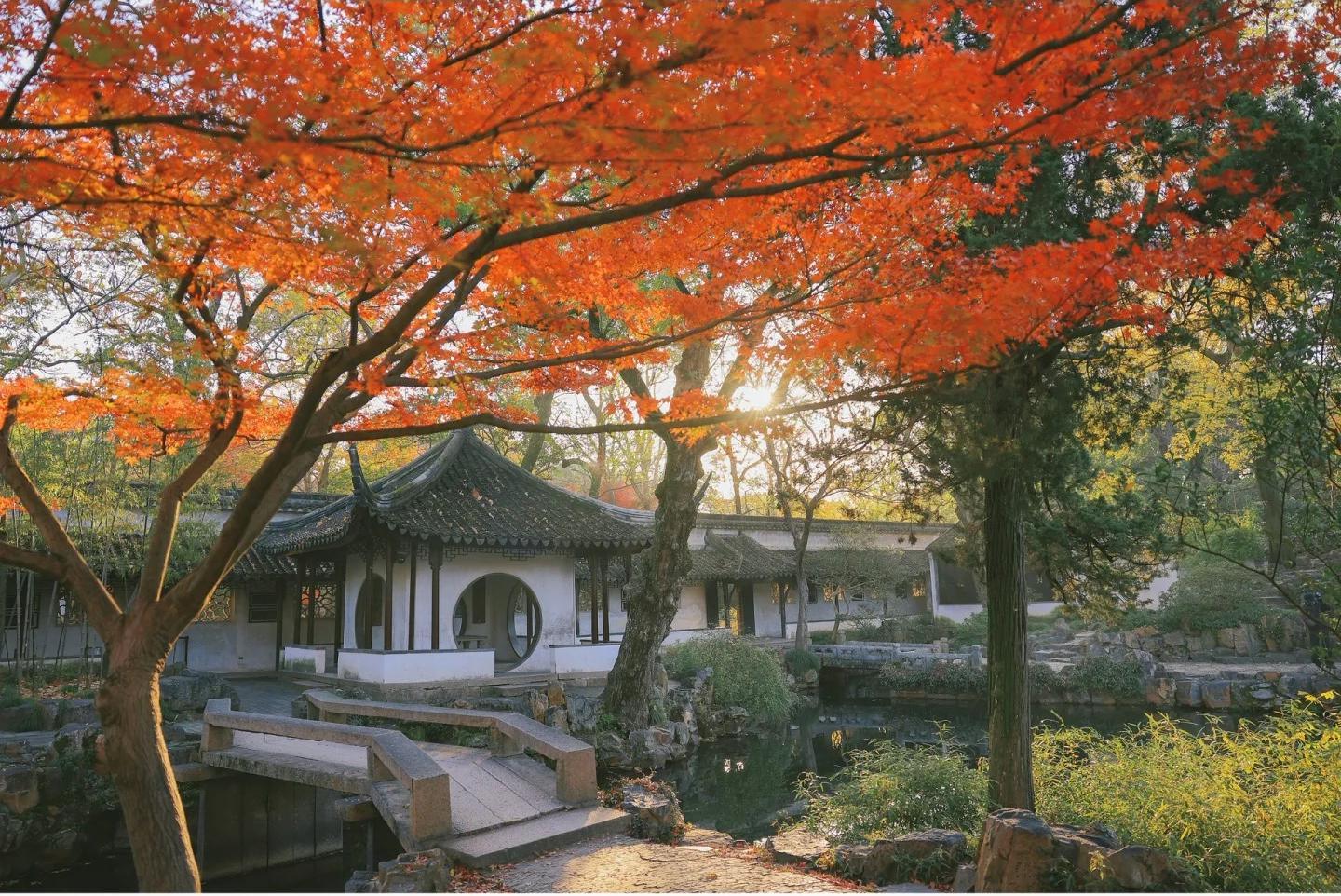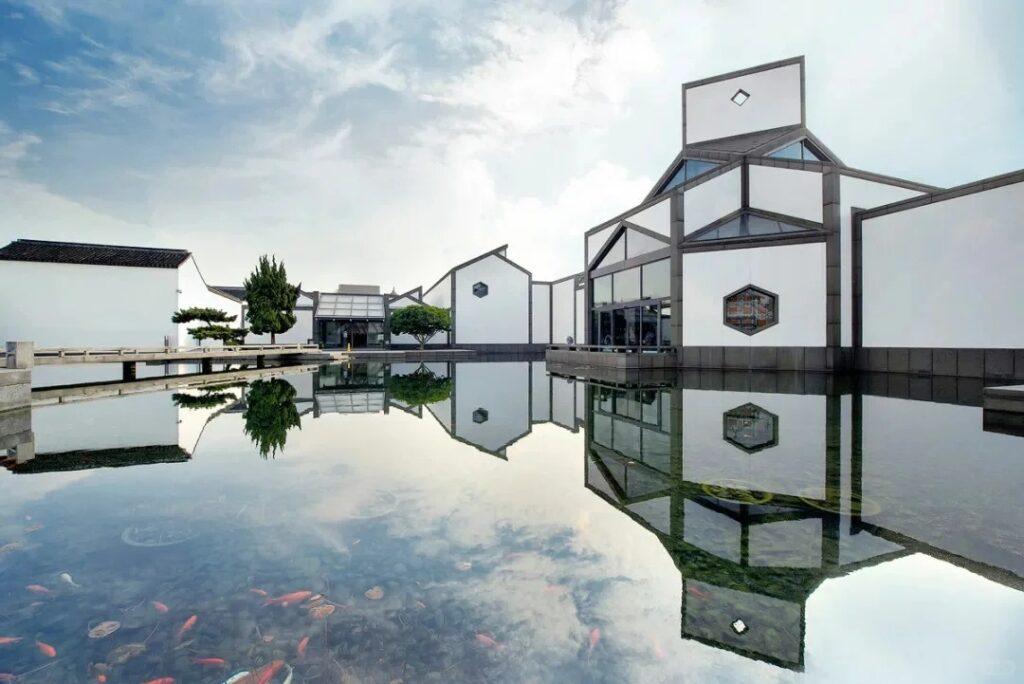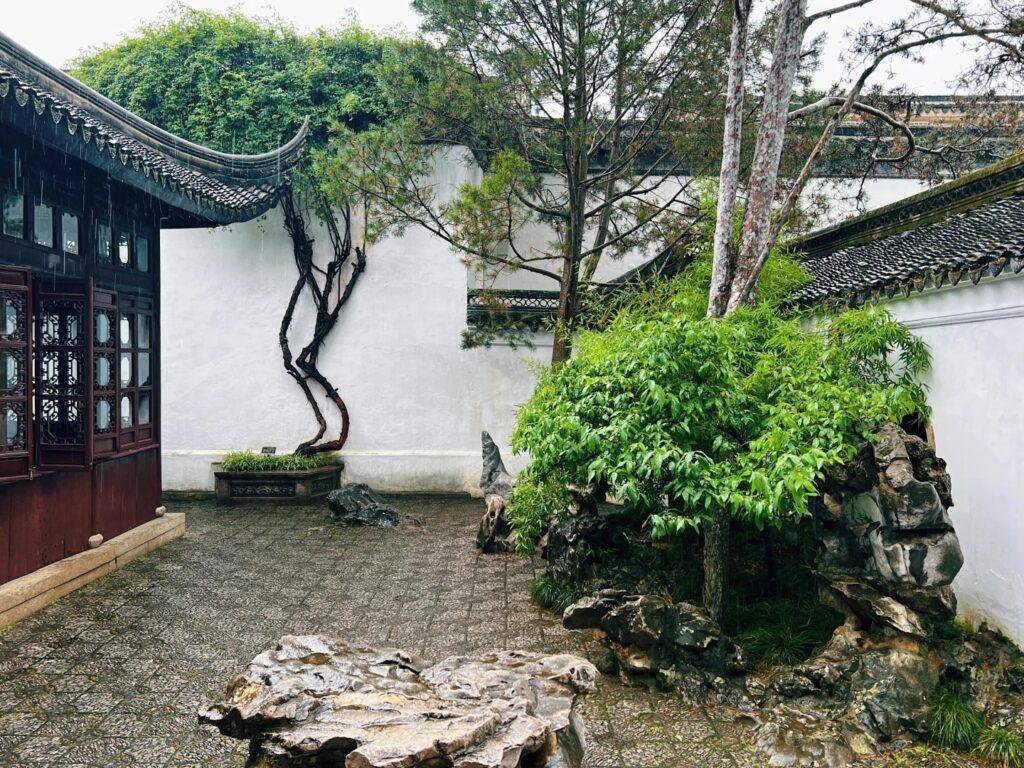Visiting Information
| Information | Details |
|---|---|
| Chinese Name | 拙政园 (Zhuōzhèng Yuán) |
| Location and Address | 178 Northeast Street, Gusu District, Suzhou, Jiangsu Province, China |
| Opening Time/Hours | 7:30 AM – 5:30 PM (March to November) 7:30 AM – 5:00 PM (December to February) |
| Entrance Fee | CNY 90 (April to October) CNY 70 (November to March) |
| How to Get There | By Metro: Line 1, Lindun Road Station, Exit 1 By Bus: Tourist Bus 1, 2, 3, 5, 11, 301, 304, 529, 933 By Taxi: Tell the driver “Zhuōzhèng Yuán” |
| Best Time for Visit | April to October, early morning to avoid crowds |
| Contact Info | +86 512 67557965 Email: Not available |
Overview
The Humble Administrator’s Garden, or Zhuozheng Yuan, is the largest and most renowned classical garden in Suzhou. Covering an area of 5.2 hectares (12.8 acres), it is a masterpiece of Chinese garden design that exemplifies the artistic achievements of the Ming Dynasty. As a UNESCO World Heritage site, the garden is celebrated for its exquisite layout, harmonious integration of natural and man-made elements, and its representation of the Chinese philosophy of balancing humans with nature.
Historical Background
The Humble Administrator’s Garden was originally built in 1509 during the Ming Dynasty by Wang Xianchen, a retired Imperial Censor. The name of the garden comes from a quote by Pan Yue, a Jin Dynasty poet, who wrote, “I enjoy a carefree life by planting trees and building my own house…I irrigate my garden and grow vegetables for me to eat…such a life suits a retired official like me well.” Over the centuries, the garden changed hands multiple times and underwent several renovations and expansions. It was restored to its former glory in the 1950s and has since become one of China’s most treasured cultural landmarks.
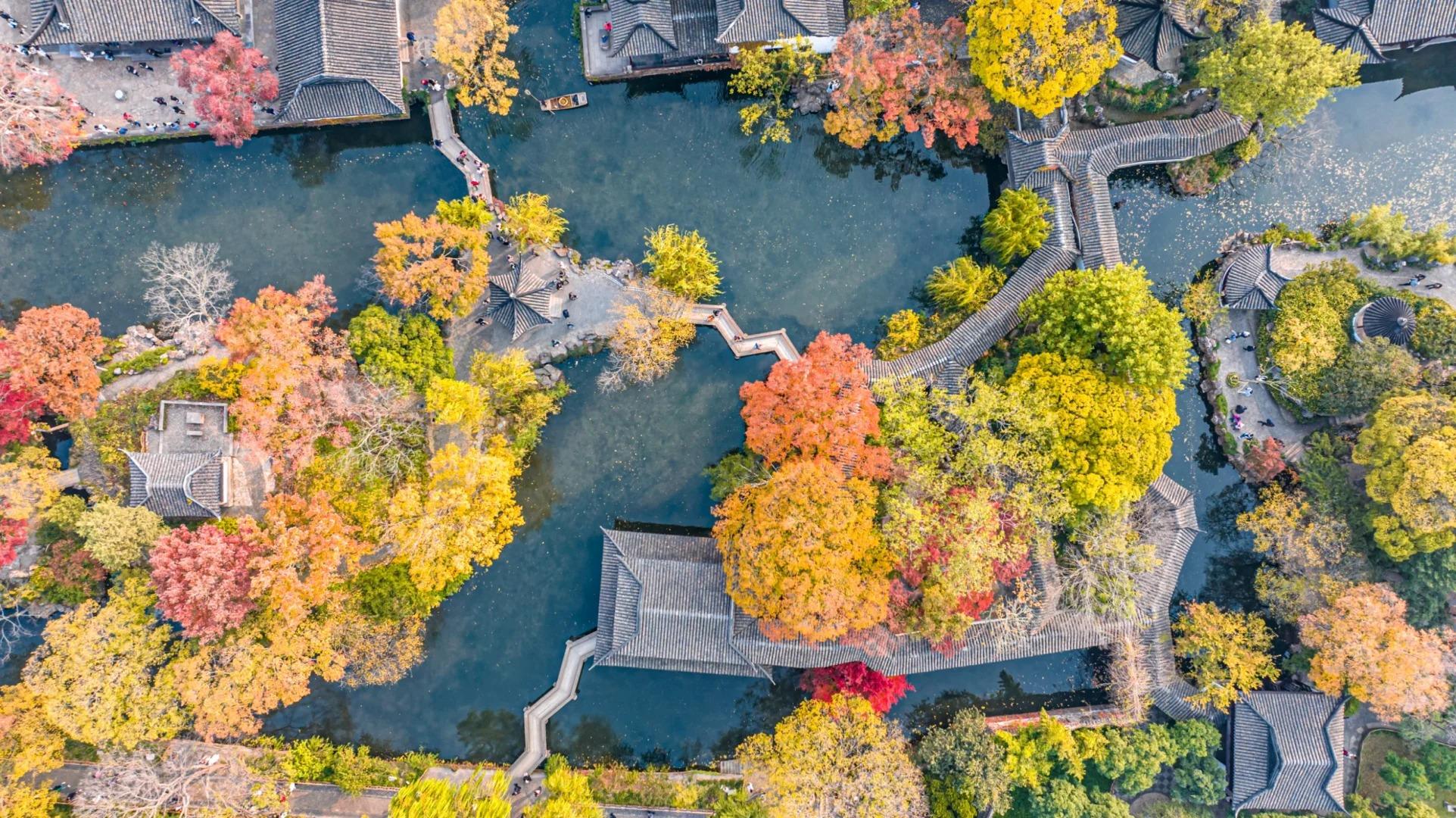
Architectural Features
- Water Features: Central to the garden’s design are its extensive water elements, including interconnected ponds and streams that cover nearly half of the garden’s area. These water features create a sense of spaciousness and serve as mirrors reflecting the surrounding architecture and vegetation.
- Pavilions and Halls: The garden boasts numerous exquisitely designed buildings, including the Hall of Drifting Fragrance, the Lotus Pavilion, and the Listening to the Sound of Rain Pavilion. Each structure is strategically placed to offer unique views and experiences within the garden.
- Rockeries: Artificial mountains and rock formations are key elements of the garden, symbolizing mountains and adding vertical interest to the landscape. The most famous is the Rock Mountain in Front of the Hall, which creates an impressive backdrop for the central pond.
- Bridges: Various styles of bridges, including zigzag bridges and covered corridors, connect different areas of the garden, offering both functional passage and aesthetic pleasure. These bridges provide unique vantage points for viewing the garden’s scenery.
- Plant Arrangements: The garden features a carefully curated selection of plants, including ancient pines, ginkgo trees, and a variety of flowering plants that provide year-round interest. The most famous is the centuries-old Magnolia grandiflora, known as the “Garden Giant.”
Cultural Importance
The Humble Administrator’s Garden holds immense cultural significance as a paragon of Chinese garden design. It embodies the scholarly pursuit of harmony between man and nature, a core concept in Chinese philosophy. The garden has inspired countless artists, poets, and intellectuals throughout history, serving as a subject for paintings, poems, and scholarly discussions. As part of the Classical Gardens of Suzhou UNESCO World Heritage Site, it plays a crucial role in preserving and showcasing traditional Chinese landscape architecture and cultural heritage.
Surrounding Attractions
- Suzhou Museum: Located adjacent to the Humble Administrator’s Garden, this modern museum designed by I.M. Pei houses an extensive collection of ancient Chinese art and artifacts. Its contemporary architecture provides an intriguing contrast to the traditional garden, offering visitors a comprehensive view of Suzhou’s cultural heritage, both ancient and modern.
- Lion Grove Garden: Just a short walk from the Humble Administrator’s Garden, the Lion Grove Garden is famous for its intricate rockery that resembles a pride of lions. This smaller but equally impressive garden offers a different perspective on classical Chinese garden design, with its maze-like rock formations and tranquil courtyards.
- Pingjiang Road: This well-preserved historical street, lined with traditional whitewashed houses and crisscrossed by canals, is within walking distance of the garden. It offers visitors a glimpse into old Suzhou, with numerous shops, tea houses, and local eateries to explore.
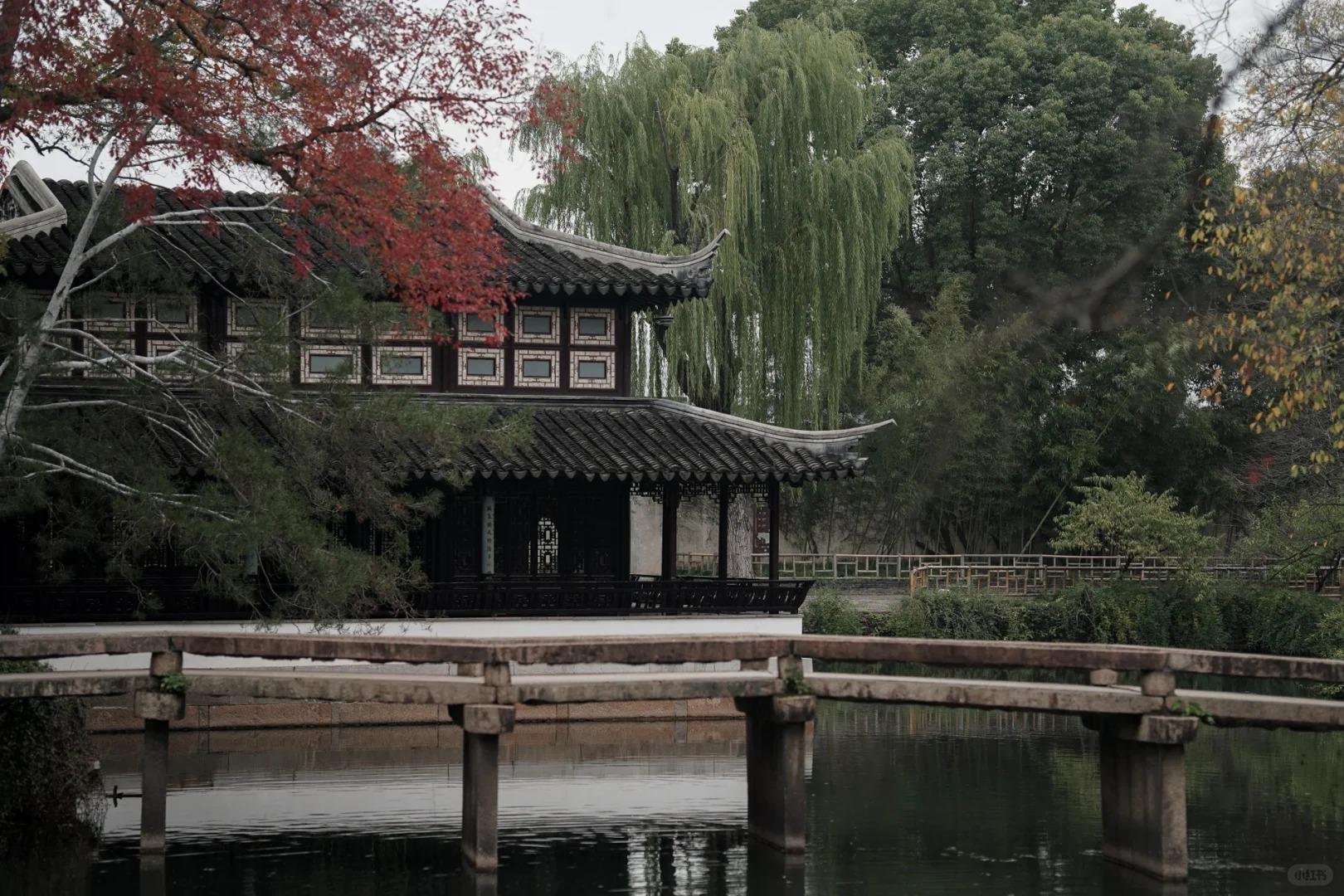
Photography Opportunities
- Reflections on Water: The large central pond offers stunning opportunities to capture reflections of pavilions, bridges, and surrounding vegetation. Early morning or late afternoon light can create particularly magical effects on the water’s surface.
- Seasonal Beauty: Each season brings unique photographic opportunities, from spring blossoms and summer lotuses to autumn foliage and winter snow scenes. The garden’s diverse plant life ensures there’s always something beautiful to capture.
- Architectural Details: The intricate woodwork, tilework, and stone carving found throughout the garden provide endless subjects for close-up and detail photography, showcasing the exquisite craftsmanship of traditional Chinese architecture.
Modern Importance
- Cultural Heritage Preservation: As a UNESCO World Heritage site, the Humble Administrator’s Garden plays a crucial role in preserving and promoting traditional Chinese garden design and architecture. It serves as a living museum, allowing visitors to experience the aesthetic and philosophical principles of classical Chinese landscape architecture.
- Tourism and Economic Impact: The garden is a major tourist attraction, drawing millions of visitors annually and significantly contributing to Suzhou’s tourism industry and local economy. Its popularity helps support local businesses, hotels, and restaurants in the surrounding area.
- Educational Resource: The Humble Administrator’s Garden serves as an invaluable educational resource for students, researchers, and practitioners in fields such as landscape architecture, Chinese history, and cultural studies. It offers hands-on learning experiences and research opportunities, contributing to the ongoing study and appreciation of Chinese garden design.
- Inspiration for Contemporary Design: The principles and aesthetics embodied in the Humble Administrator’s Garden continue to inspire modern landscape and architectural design, both in China and internationally. Its influence can be seen in contemporary interpretations of traditional Chinese garden elements in urban planning and landscape architecture projects worldwide.
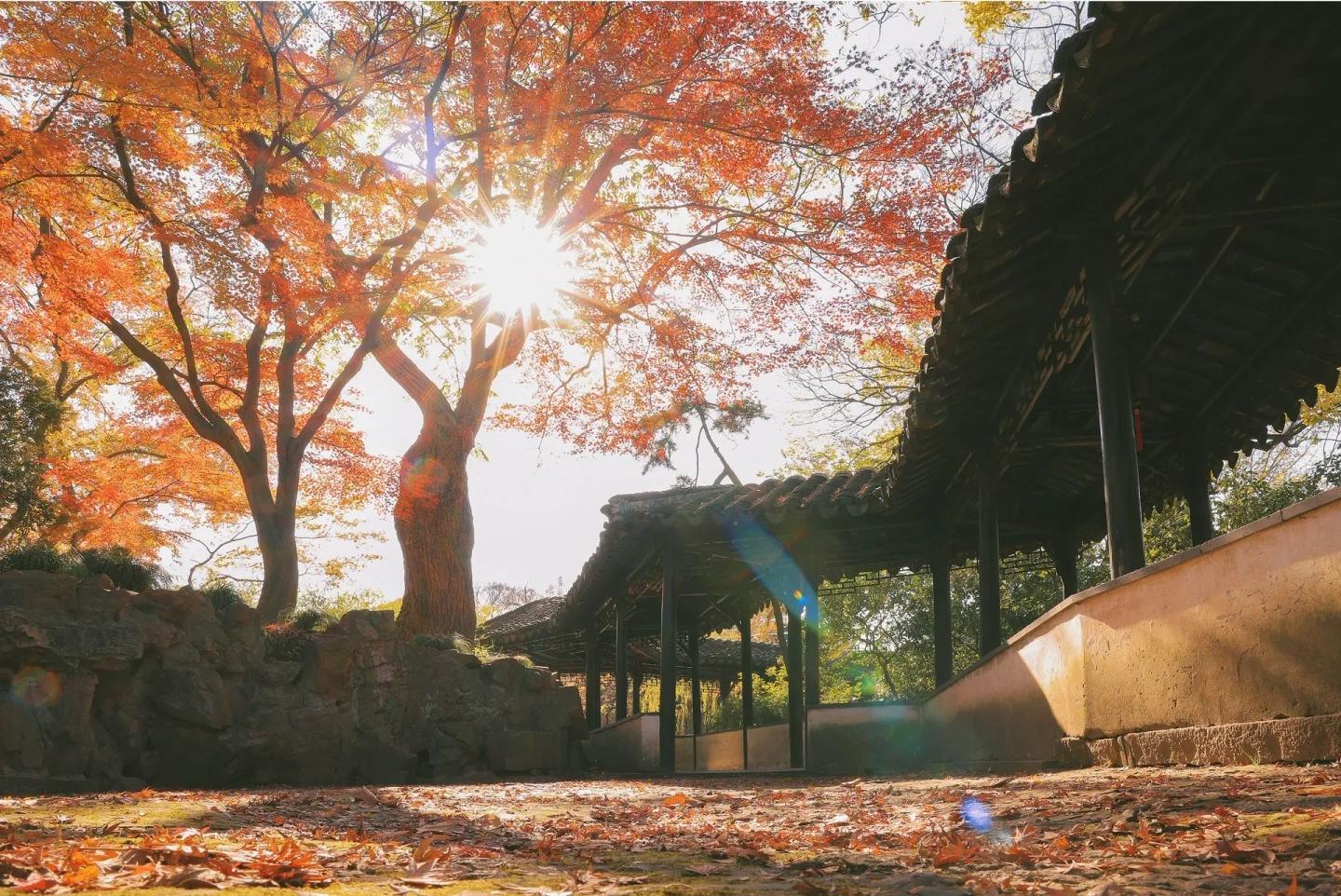
FAQ
- What is the Humble Administrator’s Garden famous for?
The Humble Administrator’s Garden is famous for being the largest and most renowned classical garden in Suzhou. It’s celebrated for its exquisite design, harmonious layout, and as a prime example of Ming Dynasty garden architecture. It’s also a UNESCO World Heritage site. - What’s inside the Humble Administrator’s Garden?
Inside the Humble Administrator’s Garden, visitors can find beautifully designed landscapes featuring extensive water features, elegant pavilions and halls, intricate rockeries, picturesque bridges, and carefully arranged vegetation. The garden is divided into three parts: the eastern, central, and western sections, each with its unique characteristics. - Is the Humble Administrator’s Garden free?
No, the Humble Administrator’s Garden is not free. There is an entrance fee that varies depending on the season: CNY 90 from April to October, and CNY 70 from November to March. - Is the Humble Administrator’s Garden worth visiting?
Yes, the Humble Administrator’s Garden is definitely worth visiting. As one of the most famous and best-preserved classical gardens in China, it offers visitors a unique opportunity to experience the pinnacle of Chinese landscape garden design and appreciate the cultural and artistic achievements of the Ming Dynasty. - What to do in the Humble Administrator’s Garden?
In the Humble Administrator’s Garden, visitors can explore the various pavilions and halls, admire the intricate rockeries and water features, enjoy peaceful walks along winding paths, appreciate the carefully curated plant life, take photographs of the scenic views, and learn about Chinese garden design philosophy and history. - How do I get to the Humble Administrator’s Garden in the local city?
In Suzhou, you can reach the Humble Administrator’s Garden by taking Metro Line 1 to Lindun Road Station and exiting from Exit 1. Alternatively, you can take Tourist Bus 1, 2, 3, 5, 11, 301, 304, 529, or 933. Taxis are also readily available; simply tell the driver “Zhuōzhèng Yuán” (拙政园). - How to visit the Humble Administrator’s Garden?
To visit the Humble Administrator’s Garden, purchase tickets at the entrance or book in advance during peak seasons. Consider hiring a guide or using an audio guide for deeper insights into the garden’s history and design. Wear comfortable shoes and allow at least 2-3 hours to fully explore the garden. Visit early in the morning to avoid crowds and enjoy the most serene atmosphere. Don’t forget to bring a camera to capture the beautiful scenery.


